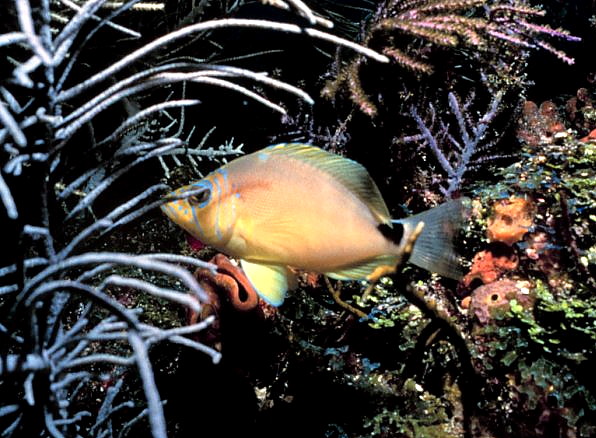 In our modern society, boys and girls are raised to be men and women and play equal roles in everything from defense to child-rearing. The animals kingdom isn’t as simple. With some animals, males and females have specific roles to play in their community and are nurtured for their positions. Many of the fish we keep in our aquariums have very different strategies. Weighing the balance between reproducing and surviving plays a huge part in their life history, right down to the most fundamental concepts of gender, size, and appearance.
In our modern society, boys and girls are raised to be men and women and play equal roles in everything from defense to child-rearing. The animals kingdom isn’t as simple. With some animals, males and females have specific roles to play in their community and are nurtured for their positions. Many of the fish we keep in our aquariums have very different strategies. Weighing the balance between reproducing and surviving plays a huge part in their life history, right down to the most fundamental concepts of gender, size, and appearance.
A “hermaphrodite” is an organism that has both male and female reproductive abilities. While this is usually very rare in animals like birds and mammals, it is extremely common in plants and some invertebrates. Biologically speaking, if the chances of a plant or animal running across another of its kind are low, the chances of it finding another with the opposite sex as itself that it can reproduce with are even lower. Therefore, not having an assigned gender or being able to act as both genders can be beneficial. Many plants, animals and invertebrates use this strategy, but we’ll focus on fish in this blog.
Fish like wrasses, parrotfish, anthias and clownfish use “sequential hermaphroditism”, meaning that instead of having both sets of reproductive organs, the fish starts out as one gender and at some point is triggered to switch to another. There are two types of sequential hermaphroditism that we can witness in the aquarium trade: protogyny and protandry. Read More »
 That Fish Blog – Aquarium Advice and Information
That Fish Blog – Aquarium Advice and Information




